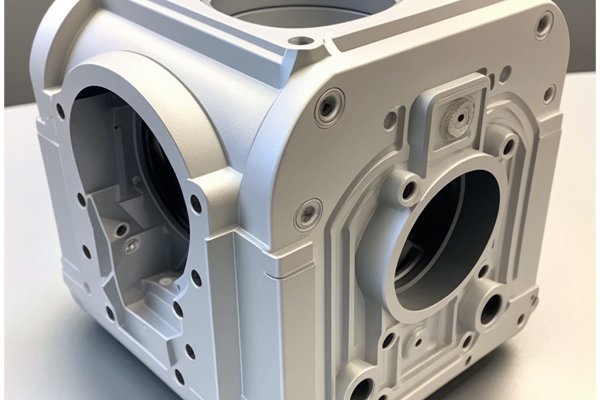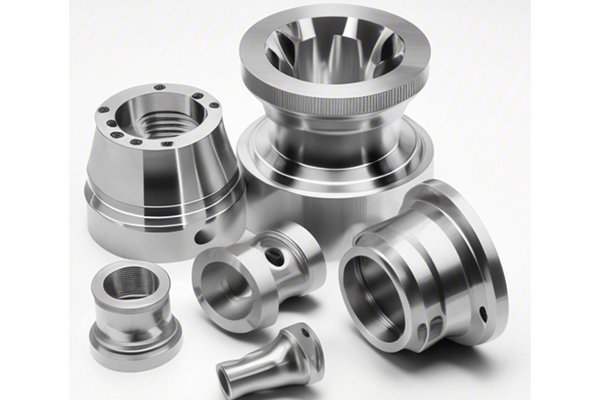Have you ever experienced the frustration of receiving a batch of CNC machined parts, only to find that they don’t meet the required specifications? In the world of manufacturing, this is not an uncommon scenario. In fact, studies show that around 30% of all manufacturing defects can be attributed to machining processes. Such issues can lead to costly delays, wasted materials, and even damage to business relationships. Therefore, understanding how to effectively resolve quality problems in CNC machining is essential for maintaining efficiency and competitiveness in today’s fast-paced industrial landscape.
Understanding CNC Machining Quality Issues
CNC (Computer Numerical Control) machining is a versatile and widely used manufacturing technique. It allows for high precision and repeatability, making it ideal for producing complex parts across various industries. However, this advanced technology is not immune to quality issues. Common CNC machined part defects include dimensional inaccuracies, poor surface finish, burrs, warping, and even material inconsistencies.
Types of Quality Problems in CNC Machining
The Importance of Addressing Quality Problems
Ignoring or inadequately addressing quality issues can lead to significant consequences, such as increased production costs, wasted labor, and unmet deadlines. In contrast, effectively solving these problems enhances efficiency, reduces scrap rates, and strengthens customer satisfaction. It sets the foundation for a robust quality control system and positively impacts the company’s bottom line.
Steps to Address Quality Problems in CNC Machining
The first step in resolving quality problems is to conduct a comprehensive analysis to identify the root cause of the failure. Here are some techniques to help identify issues:
Once the root cause has been identified, it’s imperative to implement corrective actions. The type of corrective action depends on the specific issue identified but could include:

Prevention is key to ensuring quality issues do not recur. Some effective preventative measures include:
Develop key performance indicators (KPIs) to measure and track quality. Some relevant metrics include:
Integrate these metrics into your production line and regularly review performance against industry benchmarks.
Case Studies: Successful Resolution of CNC Machining Problems
Case Study 1: Automotive Component Manufacturer
A major automotive component manufacturer faced issues with burrs on machined aluminum parts. Upon investigation, they found that the tool selection was not suitable for the materials used. By switching to a specific tool geometry designed for aluminum, along with adjusting machining speeds, the instances of burrs decreased significantly, improving part quality and reducing rework costs.
Case Study 2: Aerospace Parts Supplier
An aerospace parts supplier noted dimensional inaccuracies in their CNC machined titanium components. Through a thorough analysis, they discovered that environmental factors played a significant role in their machining process. They introduced temperature and humidity controls in the production area, which standardized working conditions and improved adherence to precision tolerances.
Case Study 3: Medical Device Manufacturer
A medical device manufacturer experienced high defect rates in their component machining. After implementing a rigorous training program for their operators and adopting predictive maintenance protocols, they reduced their defect rate from 15% to less than 1% in under six months.
In summary, addressing quality problems in CNC machining requires a holistic approach that begins with a thorough analysis, followed by corrective actions and preventative measures. Establishing strong quality control metrics is essential for continuous improvement and maintaining industry competitiveness.
As we navigate the challenges of modern manufacturing, it is essential to remind ourselves that quality control is not a one-time fix but a consistent effort that underpins operational excellence. Every manufacturer must recognize the importance of effective quality management in CNC machining and consider it as a critical factor in their overall business strategy.
By implementing the techniques outlined in this blog, manufacturers can not only solve existing quality problems but also preemptively prevent issues, ultimately enhancing their reputation and success in the market. Investing in quality means investing in your company’s future—a priority that every business should carry forward.






